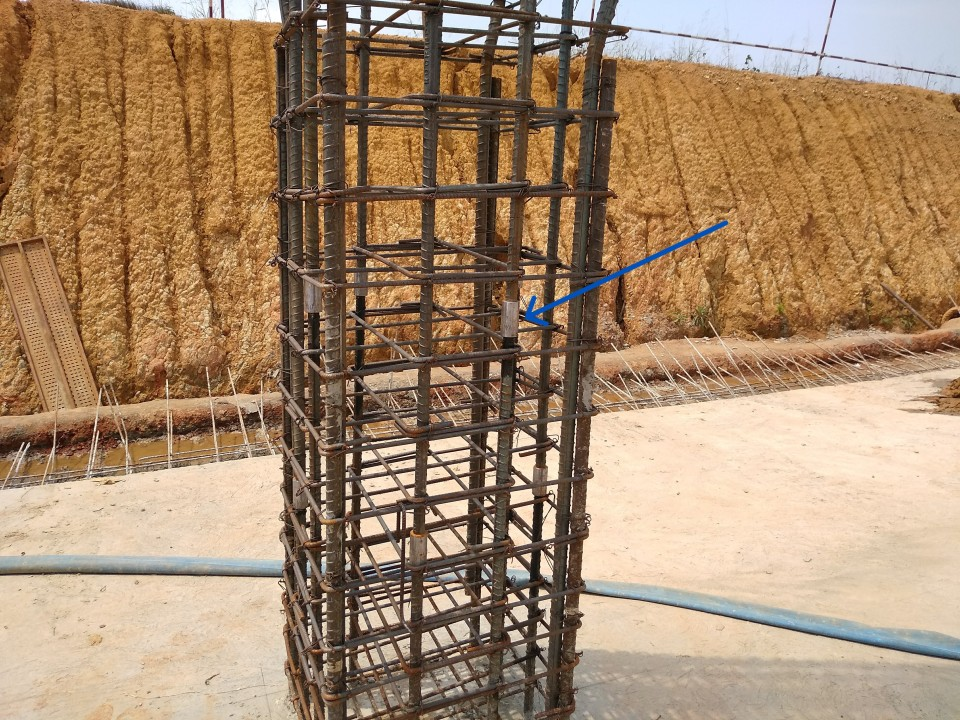In construction, rebar couplers, or mechanical splices, are essential for creating strong and durable reinforced concrete structures. They offer an innovative alternative to traditional lap splices, providing numerous benefits that make them ideal for various applications. Let’s explore the key advantages of rebar couplers and the scenarios in which they shine.
Advantages of rebar couplers:
- Structural integrity: rebar couplers improve structural integrity by ensuring proper load transfer and joint stability, even in seismic regions.
- Reduced congestion: couplers eliminate the need for overlapping bars, reducing rebar congestion and improving concrete flow and placement.
- Cost savings: couplers save material costs and reduce waste by avoiding bar overlap, making them particularly economical for large-diameter bars in big construction projects.
- Enhanced site safety: reinforcing bar couplers improve safety by eliminating the need for cutting, welding, or open flames during installation.
- Ease of installation: inserting sleeves and tightening bolts is faster and easier than traditional methods, reducing construction time and labour requirements.
- Improved connection quality: couplers provide stronger and more durable connections, enhancing the overall structural integrity of the building.
- Flexibility: couplers are versatile and can be used in various construction fields, including buildings, bridges, dams, and towers.
- Design efficiency: Couplers simplify design and detailing processes by eliminating the need for complex lap length calculations.
Applications of rebar couplers:
Rebar couplers are particularly useful in the following scenarios:
- Long bar requirements: when continuous reinforcement over long expanses is needed, couplers provide an efficient solution, ensuring proper bar connection without lapping or welding.
- Bar extension: couplers are ideal for extending a reinforcing bar beyond its current length, eliminating the need for overlapping or threading.
- Repair and retrofit: in situations where existing bars are damaged or insufficient, couplers can connect new bars without bar preparation or welding.
- Seismic areas: The couplings are designed to maintain ductility and ultimate performance during seismic activity, ensuring the strength and resilience of the reinforcement.
- Precast connections: couplers connect precast elements, eliminating the need for wet in-situ joints and simplifying the construction process.
- Reducing congestion in heavily reinforced areas: couplers, such as Dextra’s headed bars, reduce rebar congestion, improve concrete compaction, and result in better concrete quality.
The Dextra group, a renowned construction company, utilises rebar couplers in their projects, including nuclear reactor buildings worldwide. Their couplers comply with stringent project specifications and are designed to withstand ultimate tensile performance, ensuring the structural integrity of critical infrastructure.
Conclusion:
Rebar couplers are essential in construction projects where efficiency, structural integrity, and cost-effectiveness are paramount. They offer a versatile, time-saving, and safe alternative to traditional lap splices, making them ideal for various applications, from skyscrapers to bridges and dams. By adopting rebar couplers, construction professionals can streamline processes, enhance structural quality, and reduce overall project costs. From improving construction productivity to enabling innovative designs and enhancing seismic resilience, rebar couplers offer many benefits. As the construction industry continues to evolve and face new challenges, adopting rebar couplers will undoubtedly play a vital role in shaping the future of concrete construction.




